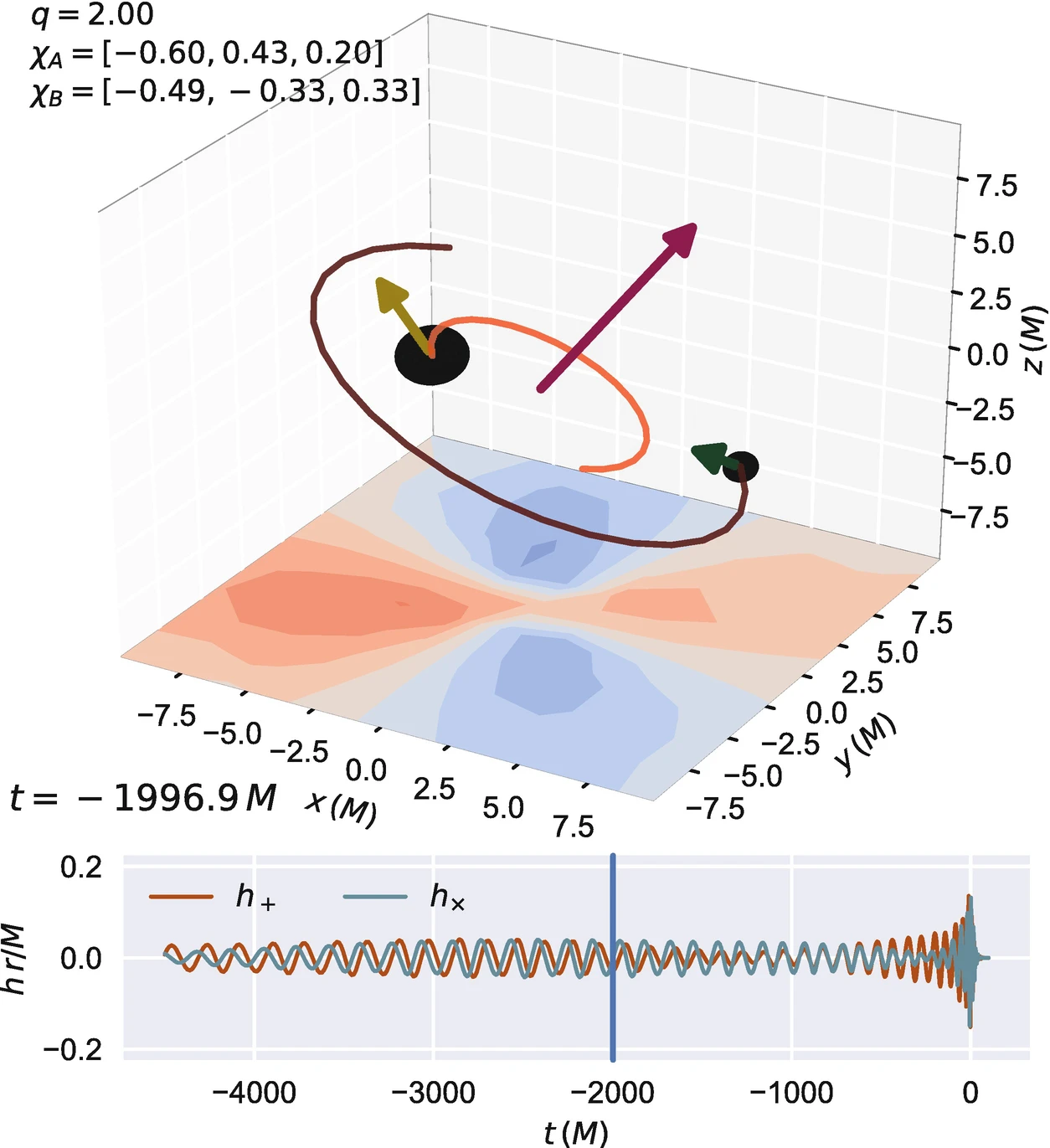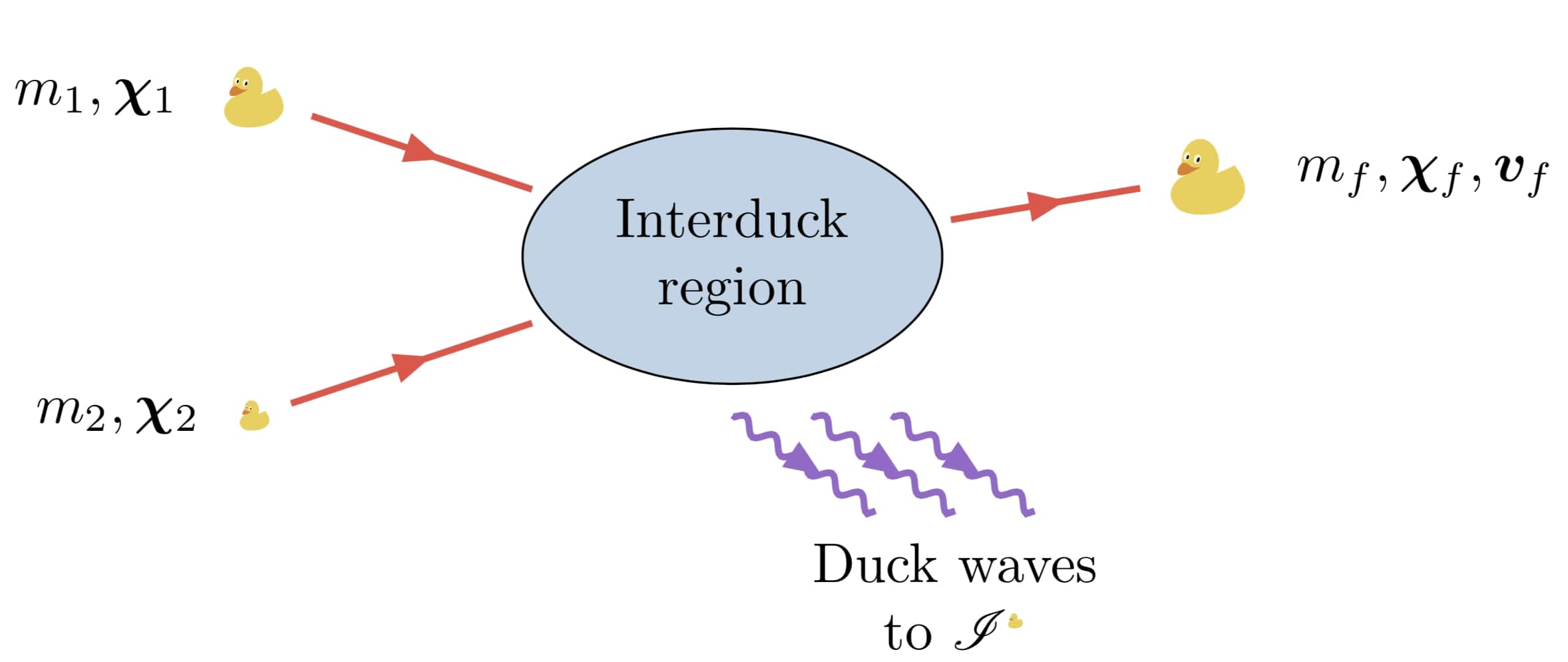The 2017 paper “Are merging black holes born from stellar collapse or previous mergers? ” that I wrote with Emanuele Berti was selected 2025 Frontiers of Science Award. These prizes are awarded by the International Congress of Basic Science (ICBS), sponsored by the City of Beijing and the Yanqi Lake Beijing Institute of Mathematical Sciences and Application (BIMSA). Every year, they select influential recent papers in Physics, Maths, and Computer Science.
The complete list of Physics papers selected for awards is available here. Ours is one of only three papers that were selected in the category Astrophysics and Cosmology – Theory. The award citation reads:
This investigations combines gravitational-wave observations with population synthesis models to distinguish between binary black holes formed through isolated stellar evolutions versus those created through hierarchical mergers in dense stellar environments.
I’m so happy to see how a seemingly simple idea we had (“What if LIGO’s black holes merge multiple times?”) went so far! Our paper was published in Physical Review D in 2017, selected as an Editor’s Suggestion back then… and now got an award!

And that’s me collecting the prize in Beijing…

